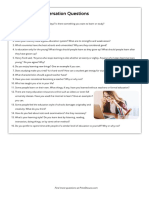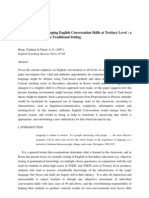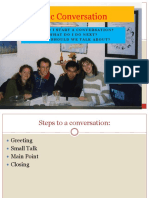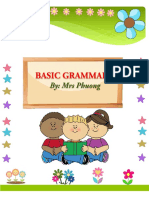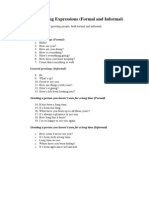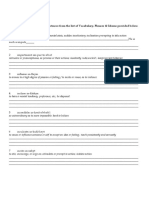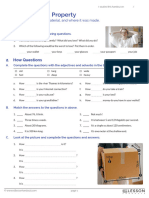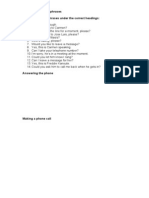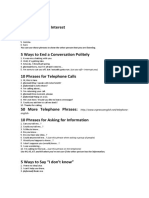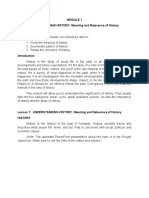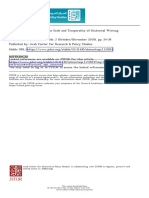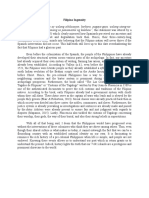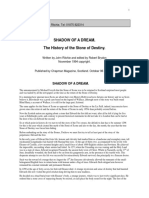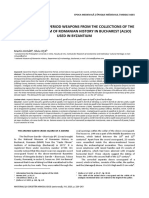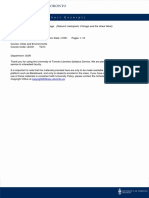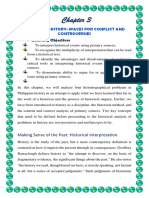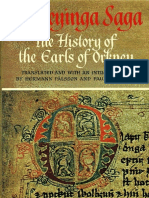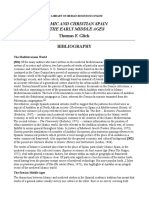100% found this document useful (1 vote)
844 views38 pagesEnglish in Civil Engineering Module
The document discusses the history of civil engineering. It began as early as 4000-2000 BC in ancient civilizations where engineering was needed for construction of shelters and transportation. Notable early constructions included pyramids in Egypt, aqueducts, and roads built by ancient Romans. In modern times, the term "civil engineering" was established in the 18th century to differentiate from military engineering. John Smeaton is considered the first self-proclaimed civil engineer for his construction of the Eddystone Lighthouse.
Uploaded by
Reihan FerandiCopyright
© © All Rights Reserved
We take content rights seriously. If you suspect this is your content, claim it here.
Available Formats
Download as PDF, TXT or read online on Scribd
100% found this document useful (1 vote)
844 views38 pagesEnglish in Civil Engineering Module
The document discusses the history of civil engineering. It began as early as 4000-2000 BC in ancient civilizations where engineering was needed for construction of shelters and transportation. Notable early constructions included pyramids in Egypt, aqueducts, and roads built by ancient Romans. In modern times, the term "civil engineering" was established in the 18th century to differentiate from military engineering. John Smeaton is considered the first self-proclaimed civil engineer for his construction of the Eddystone Lighthouse.
Uploaded by
Reihan FerandiCopyright
© © All Rights Reserved
We take content rights seriously. If you suspect this is your content, claim it here.
Available Formats
Download as PDF, TXT or read online on Scribd
/ 38



